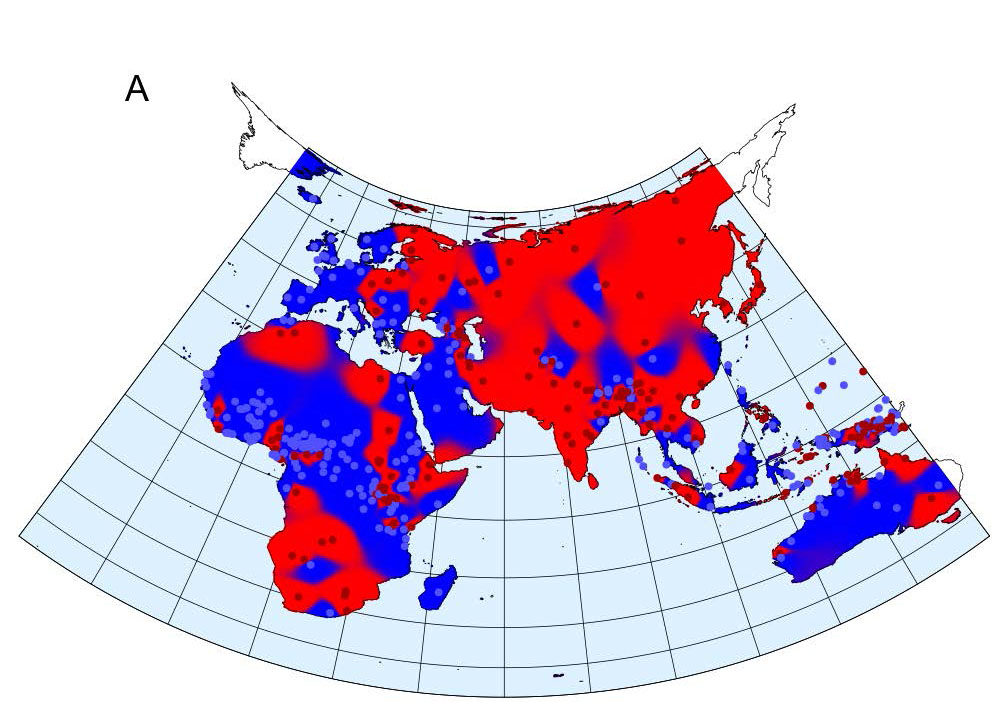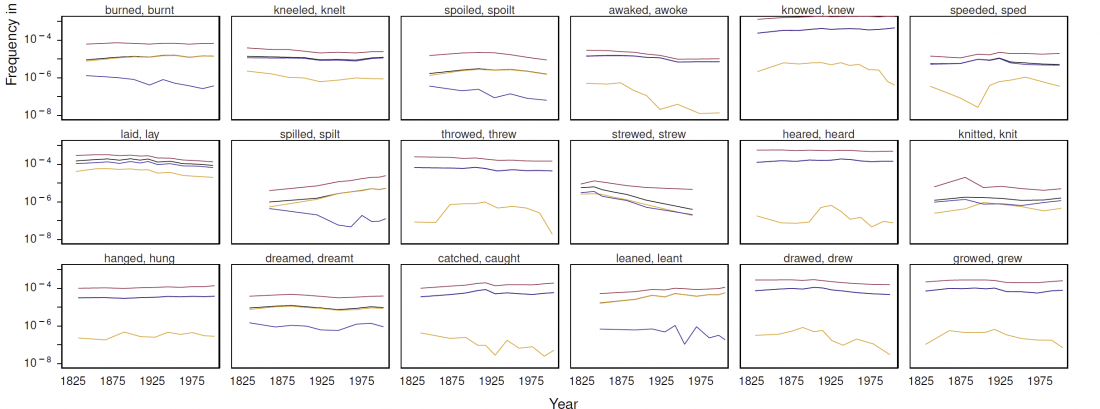Open access research article Decline of genetic diversity in ancient domestic stallions in Europe, by Wutke et al., Science (2018), 4(4):eaap9691.
Abstract (emphasis mine):
… Read the rest “Decline of genetic diversity in ancient domestic stallions in Europe”Present-day domestic horses are immensely diverse in their maternally inherited mitochondrial DNA, yet they show very little variation on their paternally inherited Y chromosome. Although it has recently been shown that Y chromosomal diversity in domestic horses was higher at least until the Iron Age, when and why this diversity disappeared remain controversial questions. We genotyped 16 recently discovered Y chromosomal single-nucleotide polymorphisms in 96 ancient Eurasian stallions spanning the early domestication stages (Copper and


